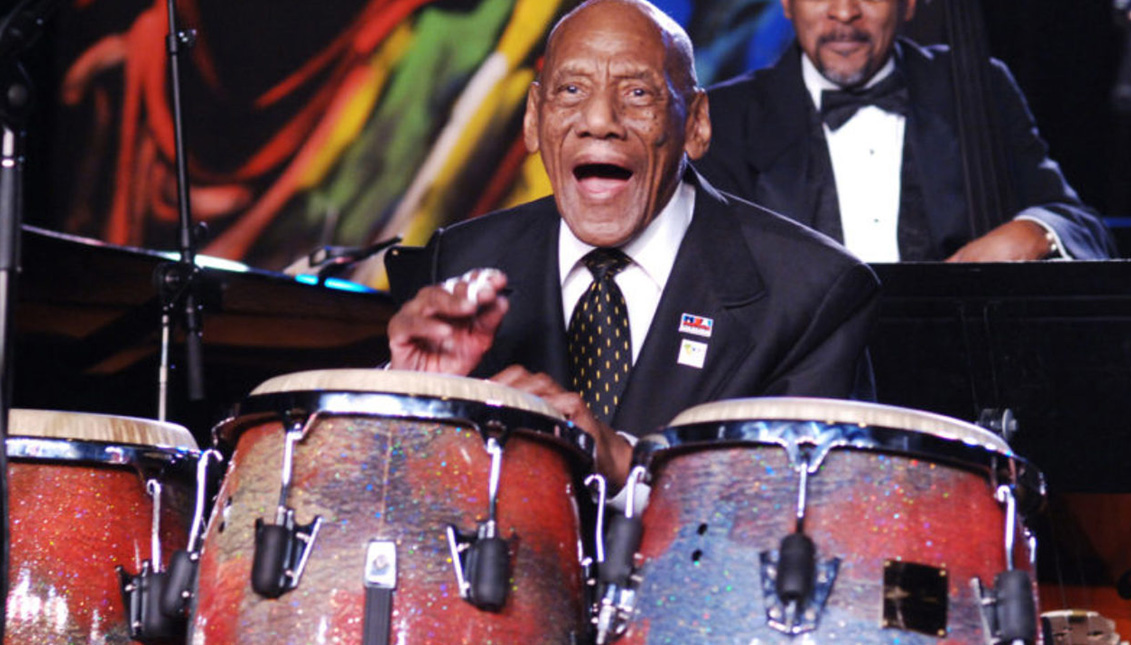
The last conga of Cándido Camero
Camero's Afro-Cuban roots influenced many American musicians. The drums were stars for this fabulous renovator of jazz, who died on Nov. 7 at 99.
Born in Havana in 1921, Cándido Camero, the renovator of the conga, learned to play the drum at age four by hitting condensed milk cans.
His father worked in a bottling factory and his uncle, who played the bongos, taught him everything he needed to know about percussion and even learned to play the bass and 'tres,' a typical Cuban instrument.
At the age of 14 and known to all as "Cándido," the Afro-Cuban was already a professional musician succeeding on stage under the strict watch of his father, who didn't want the boy to stray from the path. As soon as he got home, he wanted to smell his breath, as the musician recalled, to make sure he hadn't been drunk.
Camero went through various groups in the 1930s and 1940s and performed in jazz clubs, in street parades, on the radio, and was part of the orchestra at the well-known Tropicana club in Havana.
His leap to fame occurred when he arrived in the United States in 1946, accompanying a dance duo.
There, he challenged everything seen so far in the jazz scene, playing the bass drum and others at the same time with both hands.
Later came tours with the trio of pianist Billy Taylor, the legendary bands of Gillespie, and Stan Kenton. Once settled in New York, his rhythm was constantly evolving.
RELATED CONTENT
His style was very personal. Camero played three congas at a time and tuned them to carry the melody. He performed a solo with the Kenton orchestra in the 50s that left the audience speechless and enthusiastic. He adapted his techniques to any band and style, while managing to influence those who played with him.
"More than any other Latin percussionist of his generation, Cándido made the sound of the conga drum a standard color in the straight-line jazz rhythm sections," Raúl A. Fernández, professor of Chicano and Latino studies at the University of California, told NYT.
"His major contribution was to establish the conga drum as an integral, if not essential, component of the modern jazz percussion scheme and to ensure a place for the 'Latin tinge' among the many rhythmic nuances available to the modern jazz drummer," he added.
When friends, family, and fans of Cándido Camero gathered for his memorial service after his death on Nov. 7 at age 99, Grammy-nominated director Bobby Sanabria expressed his enduring admiration for this true jazz transformer.
"When you talk about percussion, particularly the evolution of the conga, you're talking about two periods: before and after Cándido," he concluded. "All percussionists working today, in any context, owe him a debt of gratitude."



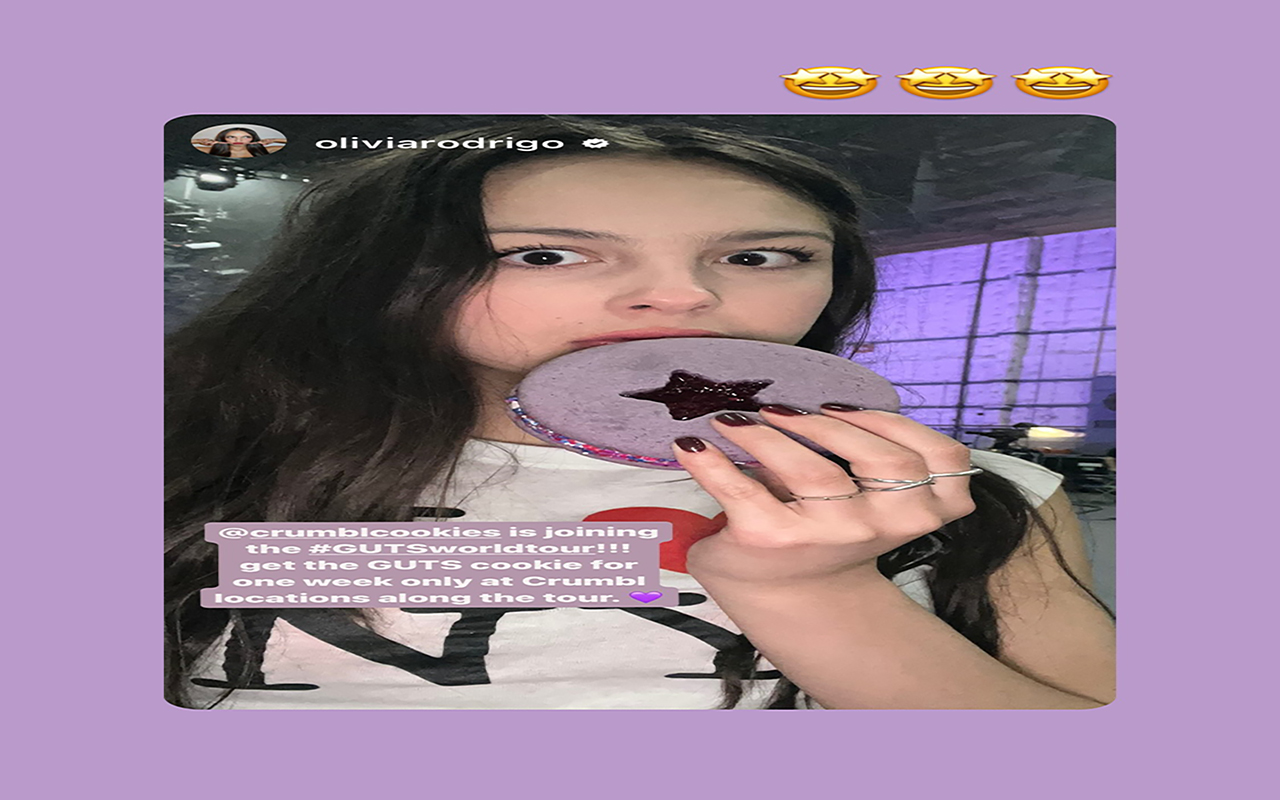

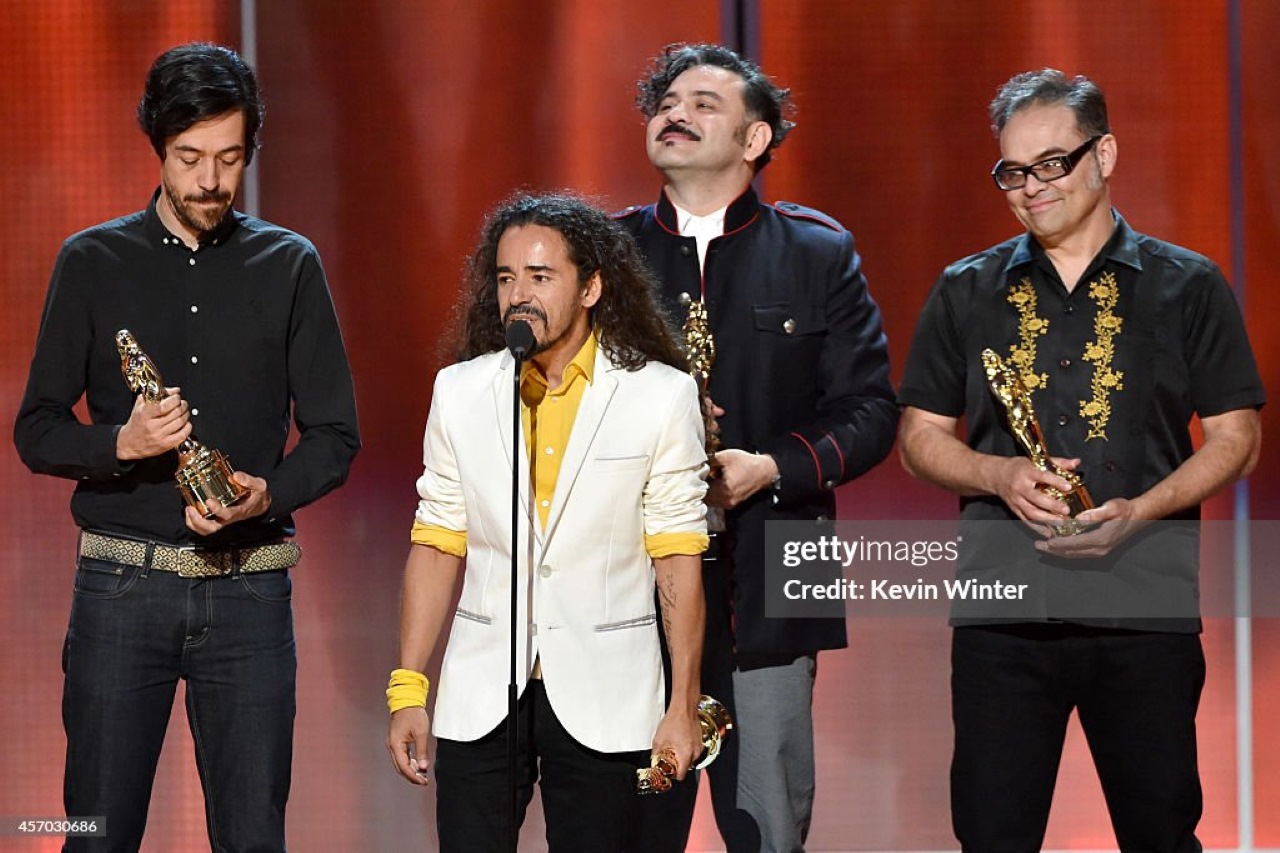

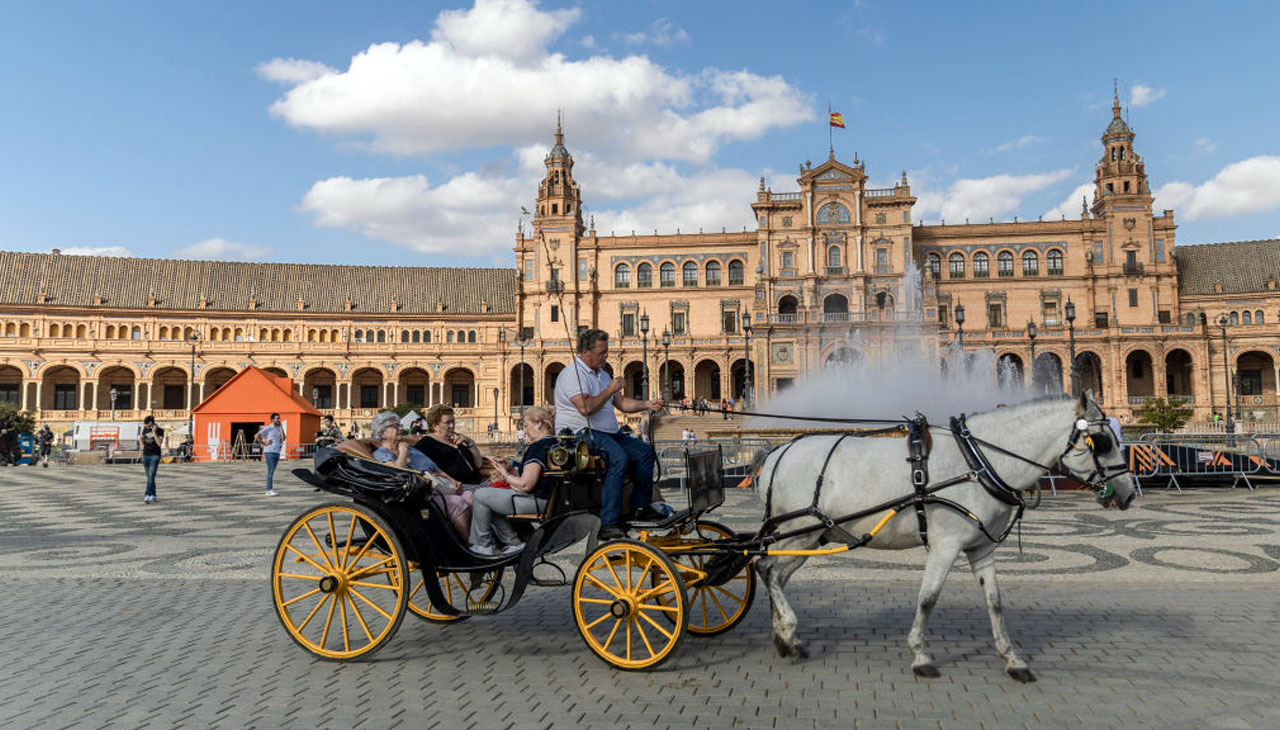

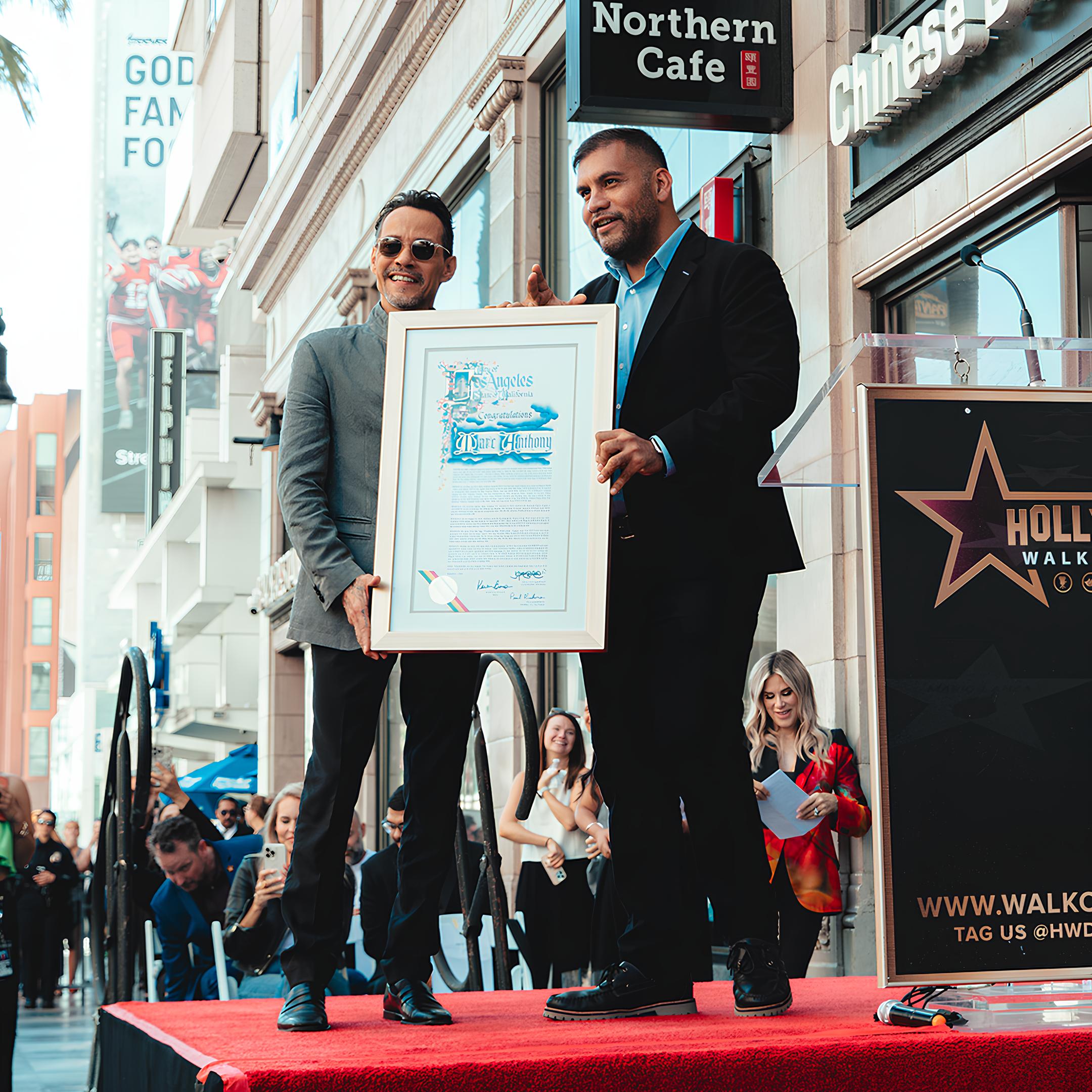

LEAVE A COMMENT:
Join the discussion! Leave a comment.